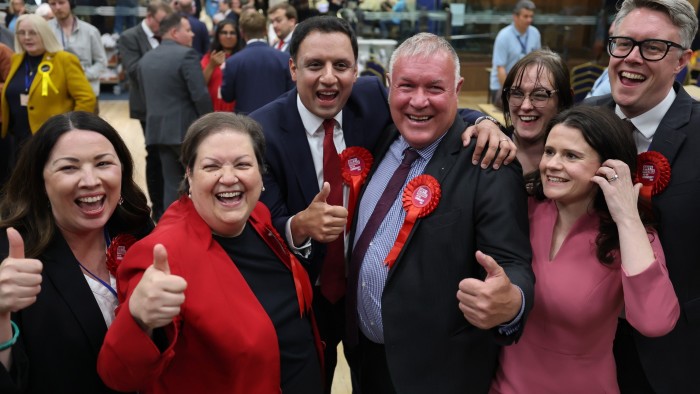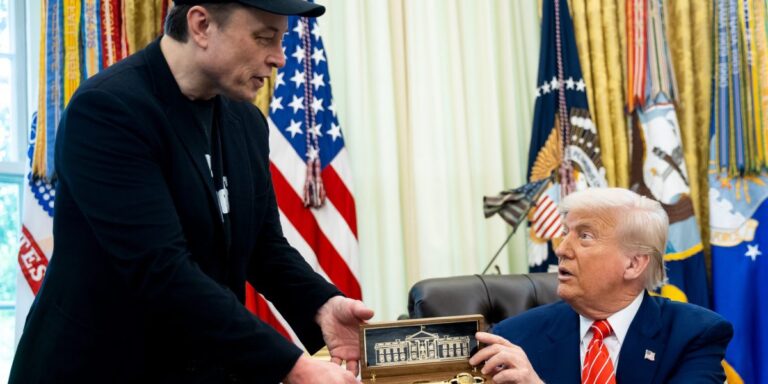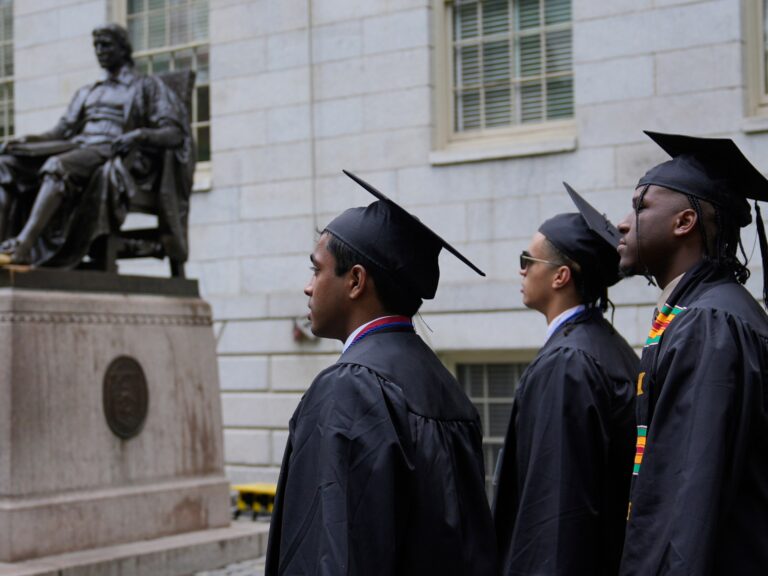We live in an era where the boundaries between the digital and physical worlds are increasingly blurred. Technologies like augmented reality have already demonstrated their potential in sectors such as construction and water management, but one of the most transformative innovations in this space is digital twins. This technology is becoming an everyday tool in the renewable energy sector, providing deeper insights into real-world processes and, in some cases, enabling direct intervention. Read on to learn more about digital twins and explore their real-world applications.
In this article you will learn:
What are digital twins?
A digital twin is a virtual replica of a physical object, system, or process that continuously updates with real-world data. Unlike static models, digital twins evolve over time, offering an accurate, dynamic representation of reality.
For instance, MIT’s Tree-D Fusion technology creates a digital twin of a city’s tree population, updating as trees grow or die. This principle extends across industries, from wind farms to entire cities, with almost limitless accuracy.
Key characteristics of digital twins include:
- Real-time data integration: Sensors collect data from physical assets, transmitting it wirelessly to the cloud for analysis.
- Simulation and predictive modelling: Digital twins can forecast wear and tear on machinery or vehicles, allowing for proactive maintenance.
- Machine learning-driven feedback loops: AI refines models over time, optimising configurations by analysing multiple scenarios.
How do digital twins work?
Digital twins combine multiple technologies to achieve these results. Primarily, they require sensors to link them to the real world, but also AI software and 3D rendering among others.
- Internet of Things (IoT): These sensors capture information from physical systems, measuring variables such as temperature, humidity, movement, and spatial positioning.
- 3D Modelling and Simulation: Advanced software generates detailed visual representations that facilitate analysis and forecasting.
- Artificial Intelligence and Machine Learning: AI-driven predictive models provide insights into how systems will behave under different conditions.
- Cloud Computing: Storing and processing vast amounts of data remotely enables real-time access from multiple locations.
- 5G Connectivity: High-speed, low-latency networks facilitate near-instantaneous data transmission and real-time diagnostics.
Key benefits
Companies across industries are already leveraging digital twins to drive efficiency and innovation. Some of the main benefits include:
- Enhanced efficiency: Identifying bottlenecks and optimising operations.
- Predictive maintenance: Anticipating failures before they occur, improving safety and reliability.
- Cost reduction: Maximising resource efficiency and minimising waste.
- Data-driven decision-making: Providing actionable insights based on real-time information.
- Sustainability improvements: Reducing energy consumption and minimising environmental impact.
Examples of how digital twins are transforming industries
Digital twins are already reshaping various sectors. Here are some notable applications:
- Renewable Energy: Used in wind farms to monitor performance, predict maintenance needs, and optimise energy output based on demand fluctuations.
- Water Management: Companies like ACCIONA have been pioneering digital twins in water treatment. By creating virtual replicas of treatment or desalination plants, they can detect faults and identify efficiency improvements.
- Smart Cities: Virtual city replicas help manage traffic, energy consumption, weather events, and infrastructure maintenance. Singapore is a leading example of a city using digital twins for urban planning.
- Architecture: Digital twins support smart building design and maintenance, improving energy efficiency and lifecycle management.
- Aerospace and Automotive: NASA and car manufacturers use digital twins to conduct integrity and endurance tests under extreme conditions before real-world deployment.
- Healthcare: Digital replicas of patients’ bodies are being used to simulate surgeries and test medical procedures without risk.
What is the future of digital twins?
Digital twins are no longer a futuristic concept—they are actively shaping industries such as healthcare, energy, and urban development. Their ability to optimise processes, reduce costs, and enhance data-driven decision-making makes them indispensable for operational efficiency.
As artificial intelligence, IoT, and cloud computing continue to advance, digital twins will become even more sophisticated, evolving towards autonomous, self-learning models that adapt in real time.
In the coming years, their adoption will expand into sectors like agriculture, retail, and logistics, further improving resource efficiency and reducing environmental impact. In an increasingly digitised world, digital twins will not just be a competitive advantage—they will be a cornerstone of a more efficient and sustainable future.
Sources:



















